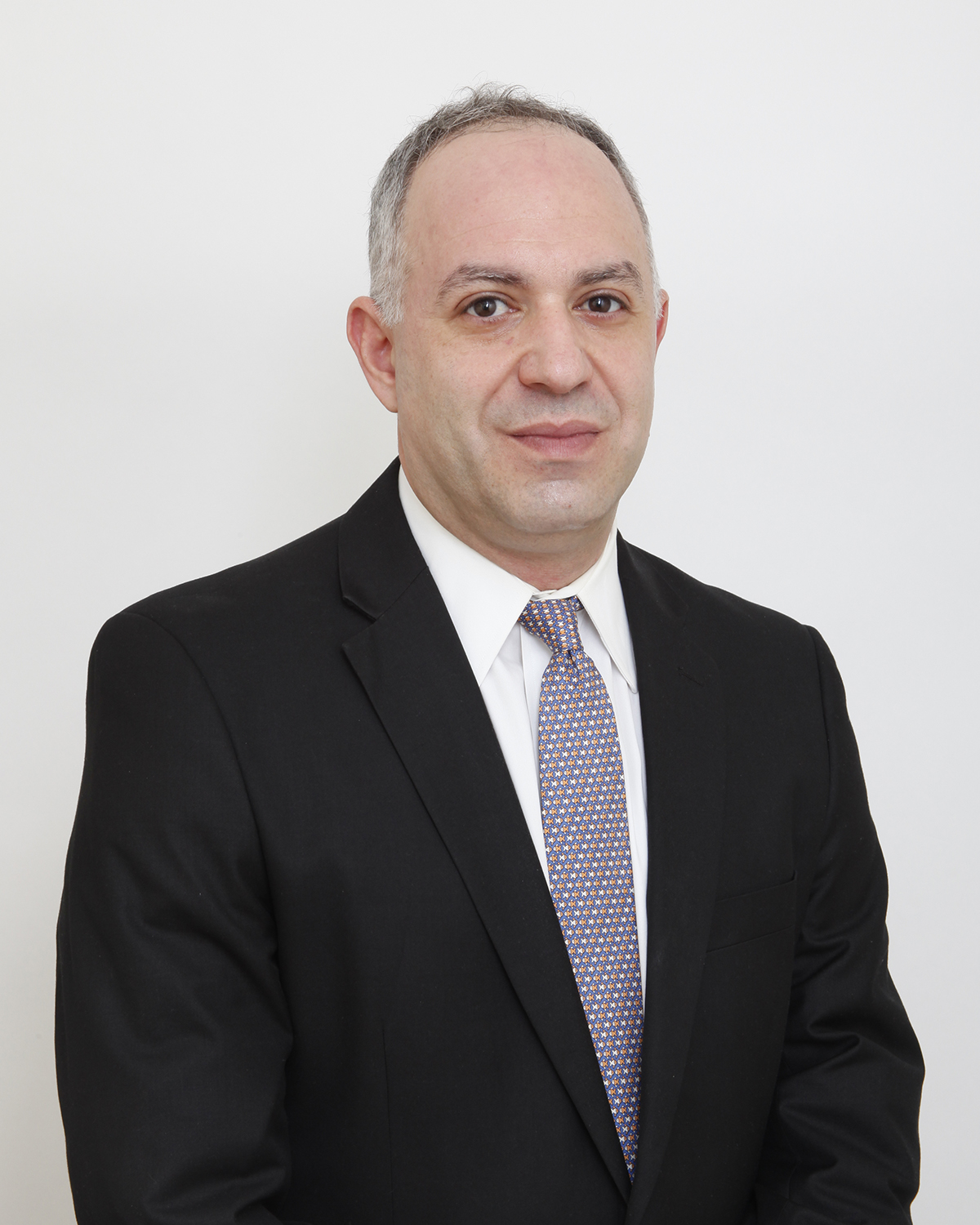Designing and Implementing Performance Improvement Plans (PIPs) that Work
In this webinar, we will discuss how to create a performance improvement plan that increases productivity and encourages growth. The formal performance improvement plan will not help every employee meet performance expectations every time that you use the process. But, if your organization approaches the tool properly as a tool to help an employee succeed, you will have successes. Refuse to think about the PIP as the first step in an employee leaving your employment.
Despite inspired leadership and good hiring, every supervisor has to ultimately deal with someone with Toxic Attitude Syndrome. Employee performance problems often take a lot of energy, emotion and time; whether it is attendance, inability to do good work or just crummy attitude. As a matter of fact, 57 percent of employees have witnessed intimidating or abusive behavior and probably 100 percent work with someone who isn't pulling their weight.
A performance improvement plan (PIP), also known as a performance action plan, is a great way to give struggling employees the opportunity to succeed while still holding them accountable for past performance. It is not always clear why an employee has poor performance. Did he or she not receive appropriate training? Does the employee not understand the expectations of the job? Are there unforeseen roadblocks in the way? Therefore, it is critical to allow for an open dialog and feedback from the employee to help determine whether the employee has been provided all the tools and resources necessary for him or her to be successful. PIPs may be used to address either failures to meet specific job performance-related issues or behavior-related concerns. PIPs may lead to several different outcomes, including improvement in overall performance, the recognition of a skills or training gap, or possible employment actions such as transfer, demotion or termination. Alternatively, a PIP may be used for employees who may be new to a role as a tool to communicate performance expectations.
- How to start off on the right foot by creating clear expectations
- How poor performance effects organizational performance and work environments
- How progressive discipline policies can hurt you
- Why probationary periods may be a bad idea
- What is employment-at-will and when can you use it?
- The key concepts in just cause
- Steps for conducting disciplinary investigations
- How to hold employees accountable for sustained change
- A simple system for determining how to coach employees
- Dealing with difficult people
- 11 barriers supervisors face in managing behavior
- Methods for objectively documenting Toxic Attitude Syndrome
- How to prepare for termination
- How to prepare for and conduct a disciplinary meeting
- Performance Improvement Plans - receive a sample form
- Setting SMART goals for employee performance
- How to use last chance warnings
A skilled workforce is essential to the success of any organization. Careful evaluation or assessment of job performance is an important part of developing this workforce. So what do managers do when job performance does not meet expectations? This material aims to create performance improvement plans that build consensus and aids in increased productivity. The purpose of these meetings is to improve employee performance and encourage growth.
This webinar is designed to provide tools and insights to managers for dealing with performance issues effectively. It is a tough job; however, with proper preparation, you can hold employees accountable and better your organizations. At the end of this session you will walkout with a copy of the presentation, a termination checklist, a sample Performance Improvement Plan (PIP) form and a sample Investigation Questionnaire Form.
Managers and supervisors who have responsibility for corrective action, Human resources professionals, people who aspire to leadership positions
- Human Resource Managers
- Human Resource Executives
- Human Resources Professionals and Consultants
- Vice Presidents of Administration
- CEOs
- COOs
- Chief People Officers
- Organizational Development Managers
- Senior Operations Managers
- Directors of Learning and Development
- Risk Management Specialists
- Attorneys and Legal Staff
- Supervisors responsible for corrective action
- Employees who aspire to leadership positions
Bob Verchota, SPHR, is the President and owner of RPVerchota & Associates, a human resources and management practices consulting firm. He has over 30 years of human resources and operational leadership experience. His most recent corporate assignments include serving as VP Support Services, VP of Ancillary Services and Human Resources, and VP Human Resources. Focus areas include organization change and employee development, talent acquisition, risk management, compensation and benefits, labor and employee relations, performance improvement, and other operational issues.
Academic pursuits include an undergraduate degree in Business Administration, graduate degree in Healthcare Administration (MHA), and doctoral work in Organization Development EdD (abd). He has taught at the technical, baccalaureate, and masters levels in several colleges and universities.
Upcoming Webinars











































































